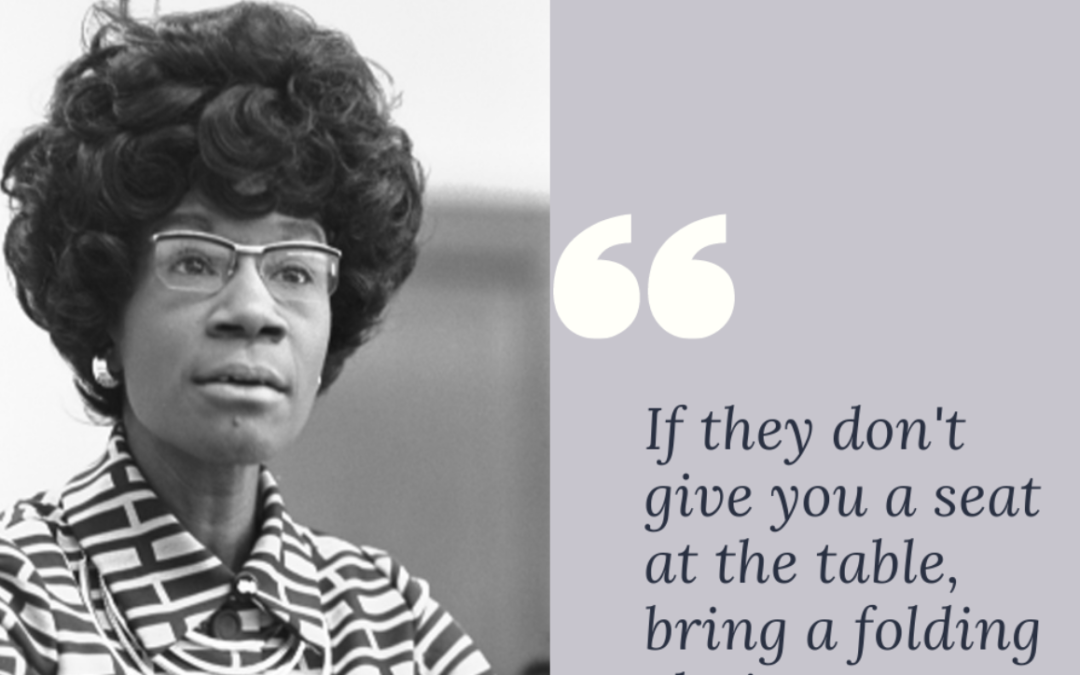
by Kate Evert | Apr 13, 2021 | Economy, Human Capital, Jobs, Unemployment, Work Place
This past weekend seemed a perfect time to catch up on some labor market reading.
First topic: the real unemployment in the U.S. This article does a great job of explaining the difference between the monthly numbers released by the BLS, U3, and the more accurate measure of U6, which includes those whose unemployment benefits have run out, or who are too discouraged to look for jobs. After reading their estimate on actual unemployment, anyone would be discouraged.
Next was an article in Crain’s Chicago Business regarding staff shortages in Chicago restaurants. Many factors contribute to this, including the current, enhanced unemployment benefits. In addition, until fully vaccinated, some are very reluctant to come back to the workplace, especially one that demands constant interaction with the unmasked public.
Finally, the most recent Economist issue featured a special report about the future of work. These articles point out some bright spots, including how quickly employment rebounded despite dire predictions, to how many jobs were NOT automated during the pandemic. The newspaper’s overall take is this: “Today, as the economy emerges from the pandemic, a reversal of the primacy of capital over labour beckons – and it will come sooner than you think.”
So, the only conclusion for this firm? We will be spending much more time pouring over even more jobs data to make sense of how the labor markets are affecting our clients.

by Kate Evert | Apr 7, 2021 | Human Capital, Work Place
Once upon a time there was a farmer named Sam, growing impatient with the current drought. He thought that he had prepared for hard times; he had deepened their well to hold over 10,000,000 gallons of water. That was enough to water their fields and keep their household running. He was SURE it was deep enough to sustain his family for any crisis.
No one had ever seen blight like the one of ’20 – but it drained his well. Rain did not come for a year. Then in March, some declared the emergency over because some rain fell, and 961,000 gallons filtered into his well … but it wasn’t even one-tenth full. He needed to start using that water immediately for household use, and he doubted if it was enough to water just ONE of his fields.
961,000 jobs created in March sounds great, but when trying to make up for approximately 10,000,000 jobs lost from Feb 2020 to Feb 2021, these jobs are just a drop in the bucket. Let’s be careful about headlines that talk about growth percentages, realizing this isn’t growth from the top of the flat, smooth, fertile field—they are measuring from the bottom of the dry well.
Old Uncle Sam will go out to his fields again today, eyes raised upwards, hoping for signs of more rain to replenish his fields, and his well.

by Kate Evert | Mar 23, 2021 | DEI, Diversity, Equity, Inclusion, Leadership, Women's History Month
There is March Madness, and then there are some things to get mad about in March.
Mad as in frustrated.
Texas and Indiana are miles apart—as were the facilities (and the swag bags!) provided by the NCAA to those college athletes competing in their national basketball championship.
Title IX was enacted in 1972. It stated that “[n]o person in the United States shall, on the basis of sex, be excluded from participation in, be denied the benefits of, or be subjected to discrimination under any education program or activity receiving Federal financial assistance.”
Seems a decent weight room is somehow exempt from the “benefits of” when referring to a women’s program. The NCAA was forced to apologize last Friday when Sedona Price of the University of Oregon Women’s Basketball team posted pictures of the simple dumbbell set representing ALL of the workout equipment afforded the women’s team at the NCAA Tournament, while the men’s teams had vast facilities, with a myriad of machines and weights.
These benefits have certainly been denied the women of college sports.
This Women’s History Month let’s not confuse the rules with the reality. Saying someone is equal does not make them so. Enacting a law stating discrimination is wrong, does not eliminate it. Let’s be more demanding, like Sedona Price, about real equality that lives up to the law’s intent. Sedona might wear a different uniform than the Suffragettes, but 100 years later, she used a different platform to make sure that the voices of female athletes were heard.

by Kate Evert | Mar 16, 2021 | Human Capital, Shecession, Women's History Month
It is hard to read the news right now and not encounter the word she-cession.
Given that it is Women’s History Month, one aspect of the she-cession came into focus while re-watching the movie On the Basis of Sex, a partial biography of Ruth Bader Ginsburg.
It is that woman who is highly skilled at her job—years of experience that cannot be replaced. Maybe it is someone, like Ruth Bader Ginsburg who was top of her class, has a brilliant legal mind, and cannot stand watching her own children flounder as they are not suited for online learning? Perhaps a young pharmacist whose childcare has closed? These are people who have amassed extraordinary amounts of human capital that are currently not being employed.
As sad as all of this is, the larger tragedy will be if workplaces do not establish approaches and programs to transition these workers back into the fold. A recent study done by three economists at the San Francisco Fed estimates that between the onset of Covid in February 2020 and the end of 2020, the employment rate of mothers fell by 7% and their labor participate rate fell by 4%. 1
Despite RBG never landing that big law firm job, she gained attention when she took on a court case involving a section of the tax code regarding the deductibility of caregiving expenses. It seems the issue of trying to balance work to financially support and care for those we love has been flummoxing Americans for a very long time. RBG was notorious for trying to eliminate the barriers that prevented many from contributing both at home and at work.

by Kate Evert | Mar 2, 2021 | Diversity, Equity, Inclusion, Unintentional Bias, Women's History Month
In March, we celebrate women’s history month in the United States. Traditionally, women’s history is harder to document – legally women had fewer rights, often could not own property, and in some instances were the property of their fathers or husbands. Yet the tiniest bit of digging into family history, company history, and national history, will unearth the many contributions women have made.
To kick off this month, CHRC wanted to provide this link to various programs and resources ranging from the National Archives to the National Park Service that highlight the contributions of American women in our country. Spend a lunchtime getting to know some of the heroines of our past!
But we can’t just look backwards.
In an effort to ensure that women no longer have to bring their folding chair to get a seat at the table and now work in equitable work environments, we are taking the advice of Rachel Schall Thomas, of LeanIn.org. For International Women’s Day, March 8, LeanIn.org has developed free resources so that companies can build more equal workplaces—this International Women’s Day and beyond.
Not only is there a hands-on approach for teaching organizations 50 ways how to fight bias with digital cards—but there are training resources, a PowerPoint, and moderator materials that can be delivered in person or virtually.





